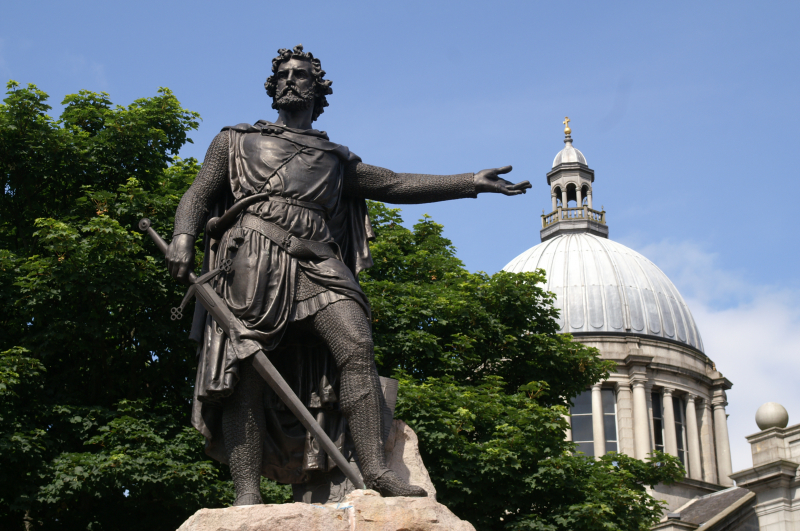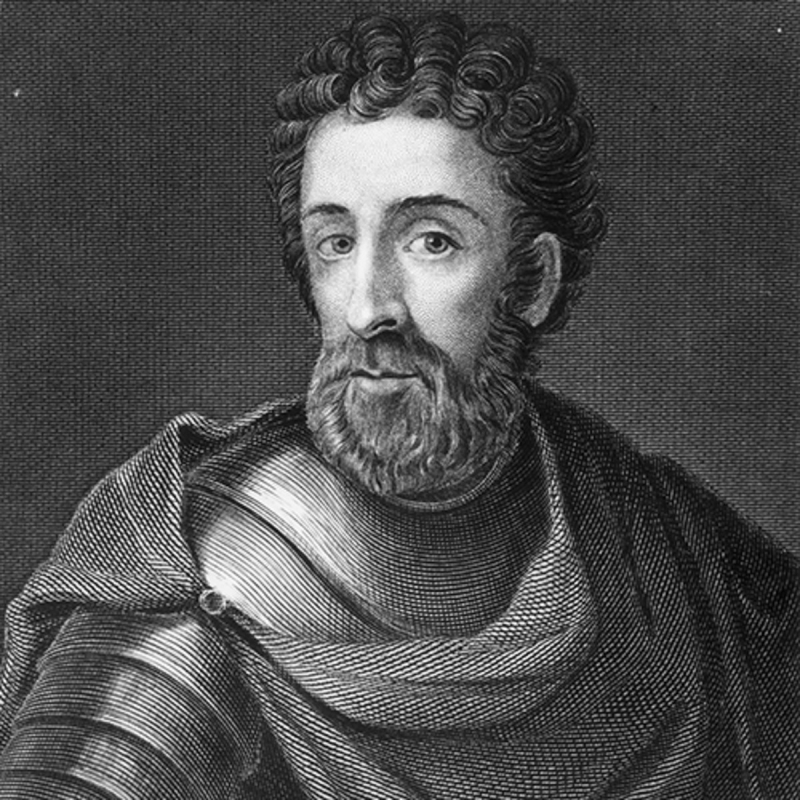William Wallace

Because of the 1995 movie Braveheart, which was based on his life, many of you may already be familiar with William Wallace, but he still deserves to be included on any list of significant rebels in history. Wallace's story serves as a reminder of the harshness of rulers toward unsuccessful uprisings as well as how one individual can rise up against the strength of an entire country. He is still revered as a national hero in Scotland.
Wallace was a key figure in the First Scottish War of Independence and one of its most effective leaders. He succeeded in defeating King Edward's soldiers at the crucial Battle of Stirling Bridge in 1297, establishing himself as a significant adversary of British control in Scotland.
Wallace would manage to flee, but the victory would be short-lived as Wallace's men were routed by royal forces in 1298. Up until his capture and delivery to the king by a Scottish knight in 1305, little is known about his exploits in the years that followed. William Wallace was publicly hung, disemboweled, beheaded, and quartered, and his limbs were dispersed around the country as a lesson to the other people.
Born: c. 1270 Elderslie, Renfrewshire, Kingdom of Scotland
Died; 23 August 1305 (aged c. 35)Smithfield, London, Kingdom of England
- Guardian of the Kingdom of Scotland(Second Interregnum)In office1297–1298
Preceded by: John Balliol (as King of the Scots)
Succeeded by: Robert the Bruce, John Comyn











